
What happens when family caregivers age?
Do you live with your family? Many people with disabilities do.

Many people with disabilities live with family caregivers who are over 60 years old.
One day caregivers will be too old to support their family members with disabilities.
What happens then? Where will their family members live?
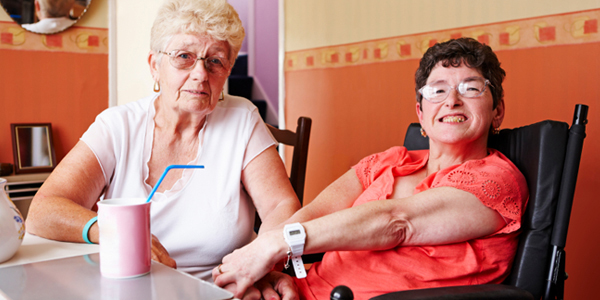
We want to know what happens when family caregivers age?

This is what we did
We made a list of questions about aging and housing for people with disabilities. We called this list the FINDS survey.

We asked many people to take the survey using a computer.
About 5,000 people completed the survey.
People from all 50 states completed the survey.

Most of the people were family caregivers.
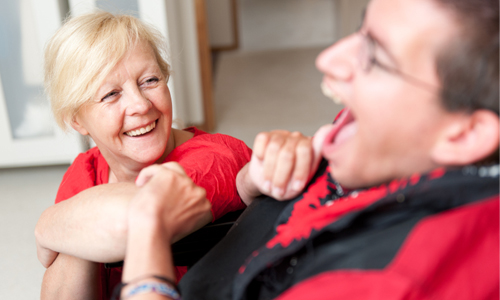

This is what caregivers said about aging
8 out of 10 people with disabilities live with their families.
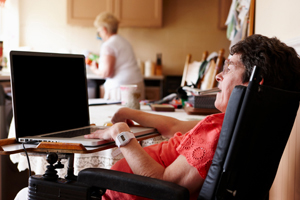

6 out of 10 caregivers don’t know who will take care of their family member when they can’t anymore.

They worry their family member will have to live somewhere they don’t want to.
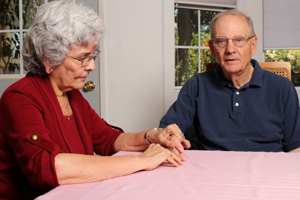
6 out of 10 caregivers don’t have enough help in planning for the future.


The answer to the question
What happens when family caregivers age?

The good news is:
- Many people with disabilities live with their families in the community.

The bad news is:
- There is no system that will make sure people with disabilities will continue to live in the community when their family caregivers age.
- Many caregivers don’t have a plan for the future
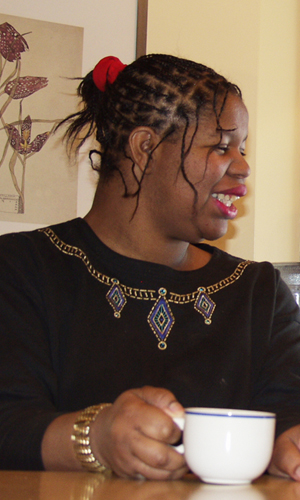
We need to do better!
People with disabilities need to have a choice about where they live.

TAKE ACTION! Share this with others
Show this to people in your life:
- Show your DSP
- Show your family
Show this to people who can make life better for lots of people with disabilities
- Show policy makers
- Show self-advocacy groups
- Show service providers
Use this information to make your life better
Information about the knowledge translation of this research
Who did this knowledge translation?
This knowldege translation was created by the Research and Training Center on Community Living at the Institute on Community Integration, University of Minnesota.
Who did this research?
The Arc of the United States and the Research and Training Center on Community Living at the Institute on Community Integration, University of Minnesota
Who wrote the report?
Lynda Anderson, Sheryl A. Larson, and Allise Wuoria. Collaborators were Peter Berns, Ann Cameron Caldwell, and K. Charlie Lakin
What is the title of the report?
2010 FINDS National Survey Technical Report Part 1: Family Caregiver Survey
Where can I find the full report?
You can find the report at these websites:
This is the full report by the University of Minnesota:
rtc.umn.edu/misc/pubcount.asp?publicationid=222
This is a summary of the report by the Arc of the United States:
www.thearc.org/document.doc?id=3672
Report citation
Anderson, L.L., Larson, S.A., & Wuorio, A. (2011). 2010 FINDS National Survey Technical Report Part 1: Family Caregiver Survey. Minneapolis: University of Minnesota, Research and Training Center on Community Living.
